After a killer workout, muscle soreness might plague you for a few days. You might feel the stiffness shortly after your workout, or it might take a few days (hello, delayed onset muscle soreness).
A healthy dose of recovery, massages, and hot or cold therapy can go a long way in relieving those sore muscles by helping to loosen and relax the overstressed areas. But so can stretching. While stretching might be the last thing you want to do, it can be an excellent way to give those tight, shortened muscles much-needed elongation.
In this article, we review the connection between the gluteal and back muscles, explaining how their relationship can translate to soreness and pain in both areas, plus a few helpful stretches to alleviate tightness in those areas.
A Powerful Connection
Many muscles in the body go hand-in-hand with those in other parts of the body. They balance each other out, working together to keep you mobile. However, while the intricate relationship between muscle groups is beneficial, this connection can be a hindrance.
The glutes and lower back muscles are a prime example of this. The glutes consist of a group of muscles, including the four muscles of the gluteus maximus, the gluteus medius, the gluteus minimus, and the tensor fasciae lata (TFL). Your glutes serve an essential role in mobility, allowing you to walk upright, rotate your hips, raise your legs behind you, and much more.
But when your glutes are tight, such as from sitting for too long or delayed muscle soreness after rigorous exercise, you might begin to feel it elsewhere. Unfortunately, the back is a common target of issues stemming from tight glutes.
When your glutes are less than limber, extending or straightening your hips can be tricky. An inability to straighten your hips can cause a lack of extension, in turn causing the lower back to ache, as more pressure is on your spine than usual.
Those same sore, tight muscles cause a ripple effect throughout the rest of the body, pulling on the hips and thighs, which can lead to stress on the knees and ankles. It’s an interconnected web of components, so dysfunction in one area can translate to others, substantially impacting other body parts.
The Magic of Stretching
Stretching can be an outstanding method of alleviating problems stemming from tight glutes. Tight, sore muscles are in a shorter position, and stretching can help loosen them, making it a solid option for working through stiffness and soreness stemming from those tightly wound muscles.
Before you stretch, remember to warm up your muscles. Cold muscles are susceptible to damage from stretching, as they’re not prepared for the movement. By warming up the muscles you plan to stretch, you’ll encourage blood flow to that area. This helps prepare the muscle tissue by making it more pliable for safer stretching.
Once your muscles are warm and ready to stretch, try these stretches. Remember to work within your limits and avoid stretching too deeply, as you could injure yourself.
Knee to Chest
The knee-to-chest stretch is a great way to elongate the glutes and lower back muscles. While you can complete this as a standing stretch, you may find it easier to deepen the pose while lying on the ground. Alternatively, stand with your back against the wall for balance.
-
Bend one knee and bring it toward your chest, resting your calf against your hamstring.
-
Pull your knee toward your chest with your hands to achieve a deeper stretch.
-
Hold the stretch for up to thirty seconds before releasing your knee.
-
Repeat on the other side.
Pigeon Pose
This pose offers a deep stretch through your hips and glutes, making it an excellent option for relieving tightness in the glute muscles. Follow these steps:
-
Start in a tabletop position on the floor. Use a yoga mat to offer some cushioning.
-
Bring your left knee toward your left wrist and rest your shin on the mat beneath your torso.
-
Shift your left ankle toward your right wrist to deepen the stretch.
-
If you can, gently lean forward to encourage the stretch.
-
Breathe through the stretch, holding the pose for several deep breaths or as long as you’re comfortable.
-
Repeat the process on the other side.
Figure-Four Stretch
If the previous version of the pigeon pose is too difficult due to muscle tightness, try a modified version, also called the seated figure-four stretch.
-
Sit on a chair with both feet flat on the ground.
-
Lift your right leg up and turn it so your right ankle rests on your left knee.
-
Lean forward, resting your hands on your thighs. Avoid pushing down on your right knee – instead, gently rest your hands on your thighs without transferring weight to that area. You should feel a gentle stretch through your glutes on your right side.
-
Hold the stretch for several breaths, then switch to the other side.
Seated Twist
The seated twist can offer a solid stretch through your glutes without requiring too much contortion. Here’s how to do it:
-
Sit on the floor with your legs extended in front of you and your hands resting on the floor behind you for support.
-
Lift your right foot and place it on the outside of your left knee, bending your right knee to facilitate the position.
-
Bring your left arm over your right leg, resting the elbow against the outside of the knee.
-
Push your right knee inward with your left elbow, deepening the twist to feel the stretch through the glutes.
-
Hold the pose for several breaths or up to thirty seconds.
-
Return to the starting position and repeat the process on the other side.
Stretch It Out!
Got sore glutes or back? Try the stretches above to relieve tension and get back to paving your way toward your goals. When you begin to recover better, you can go harder at each workout, achieving more than you ever thought possible.


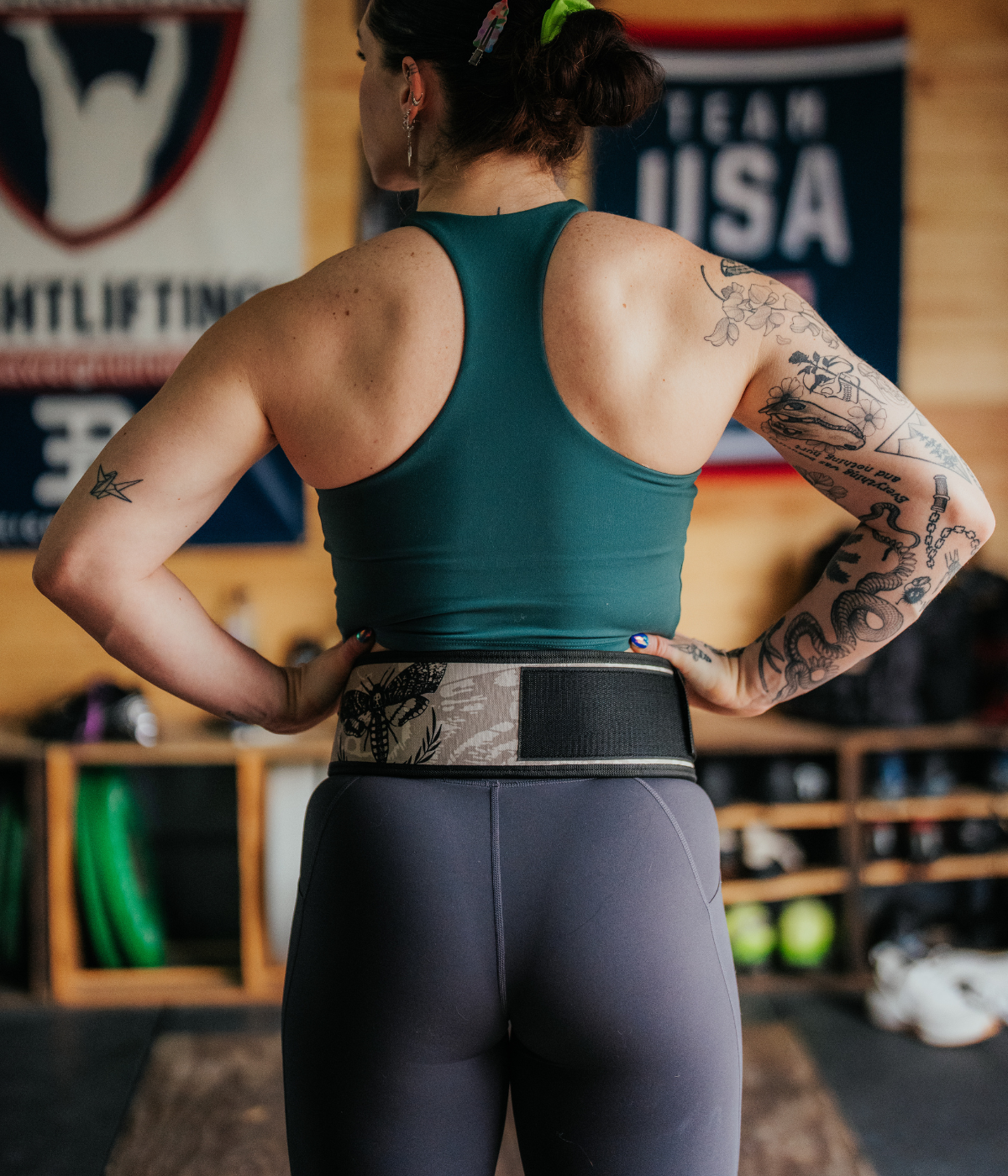
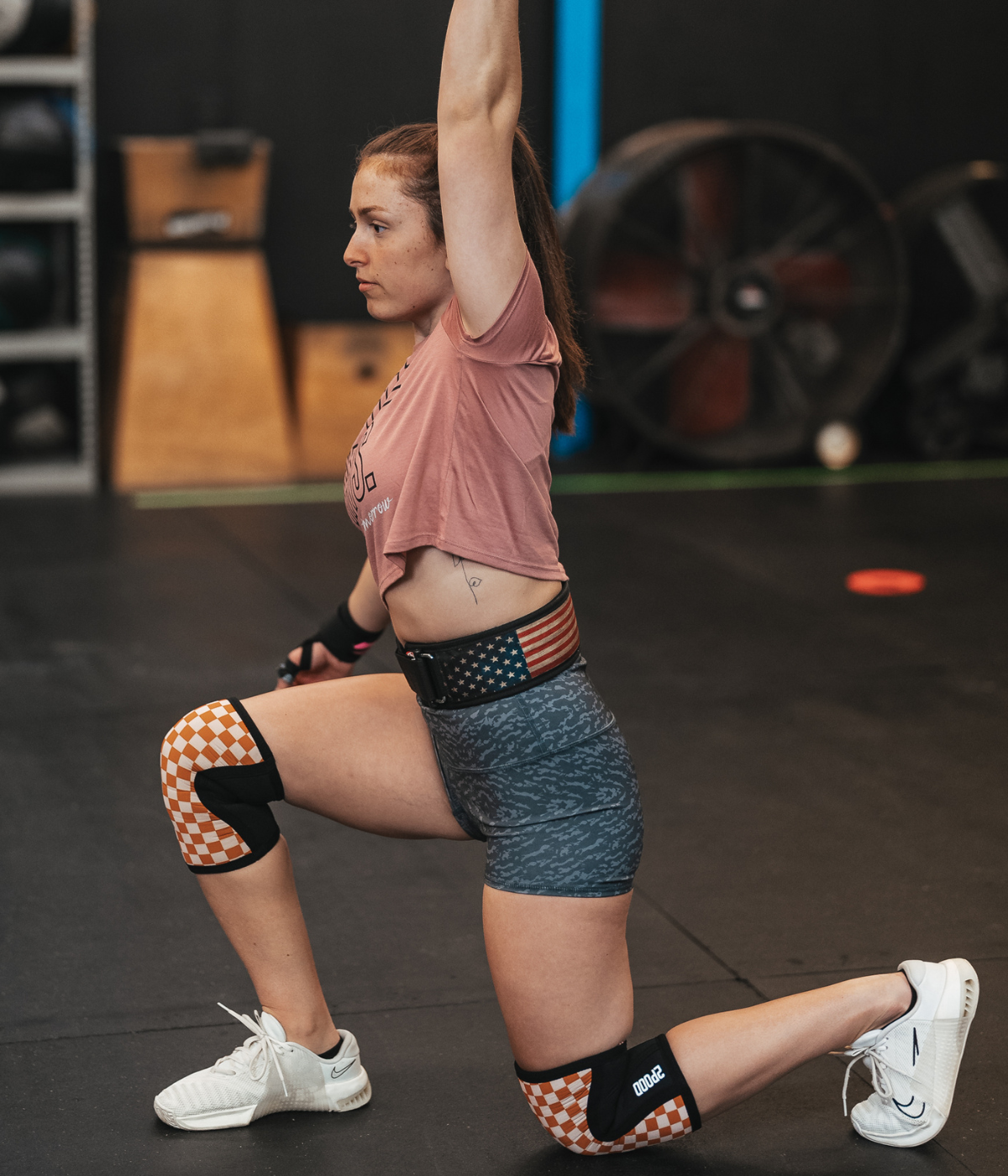
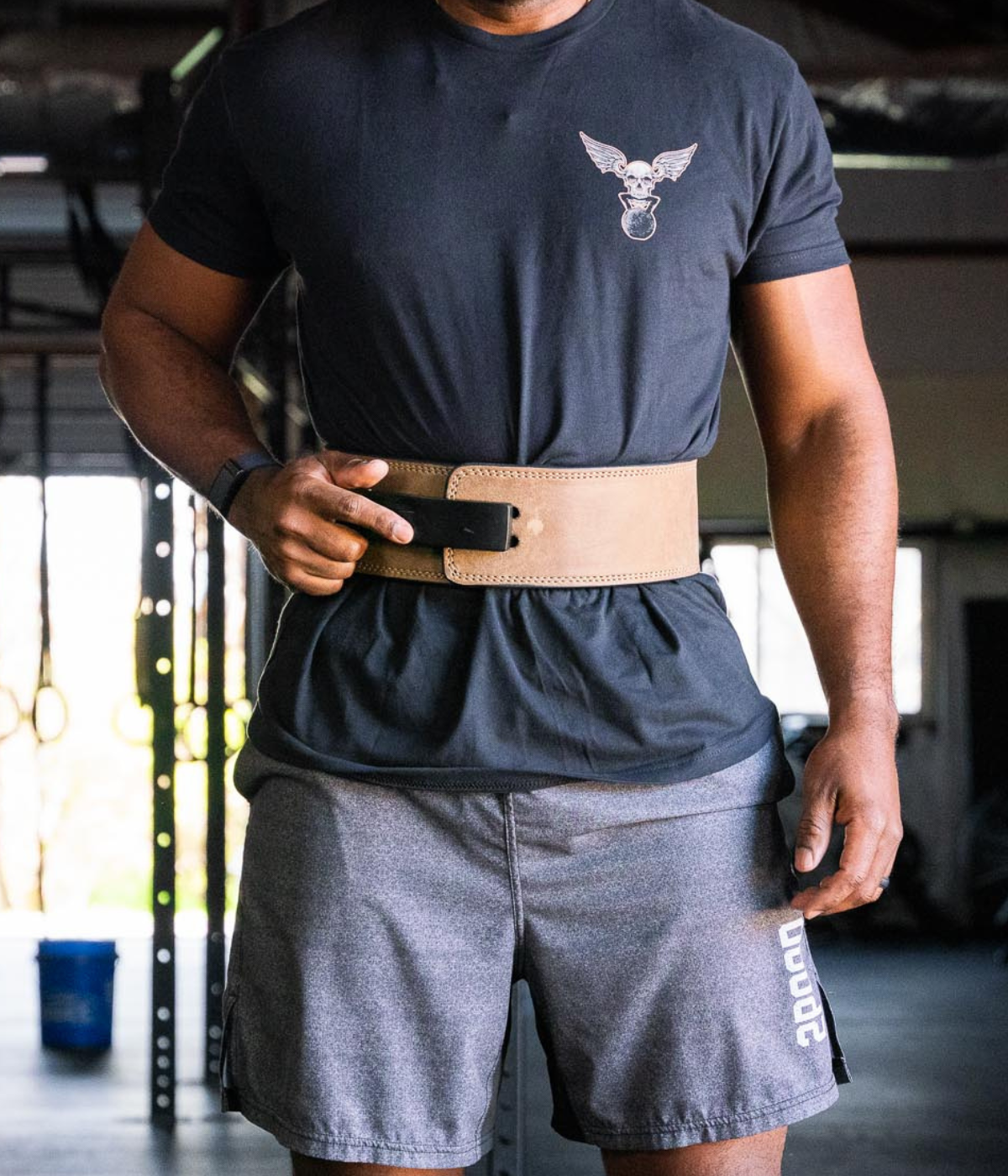
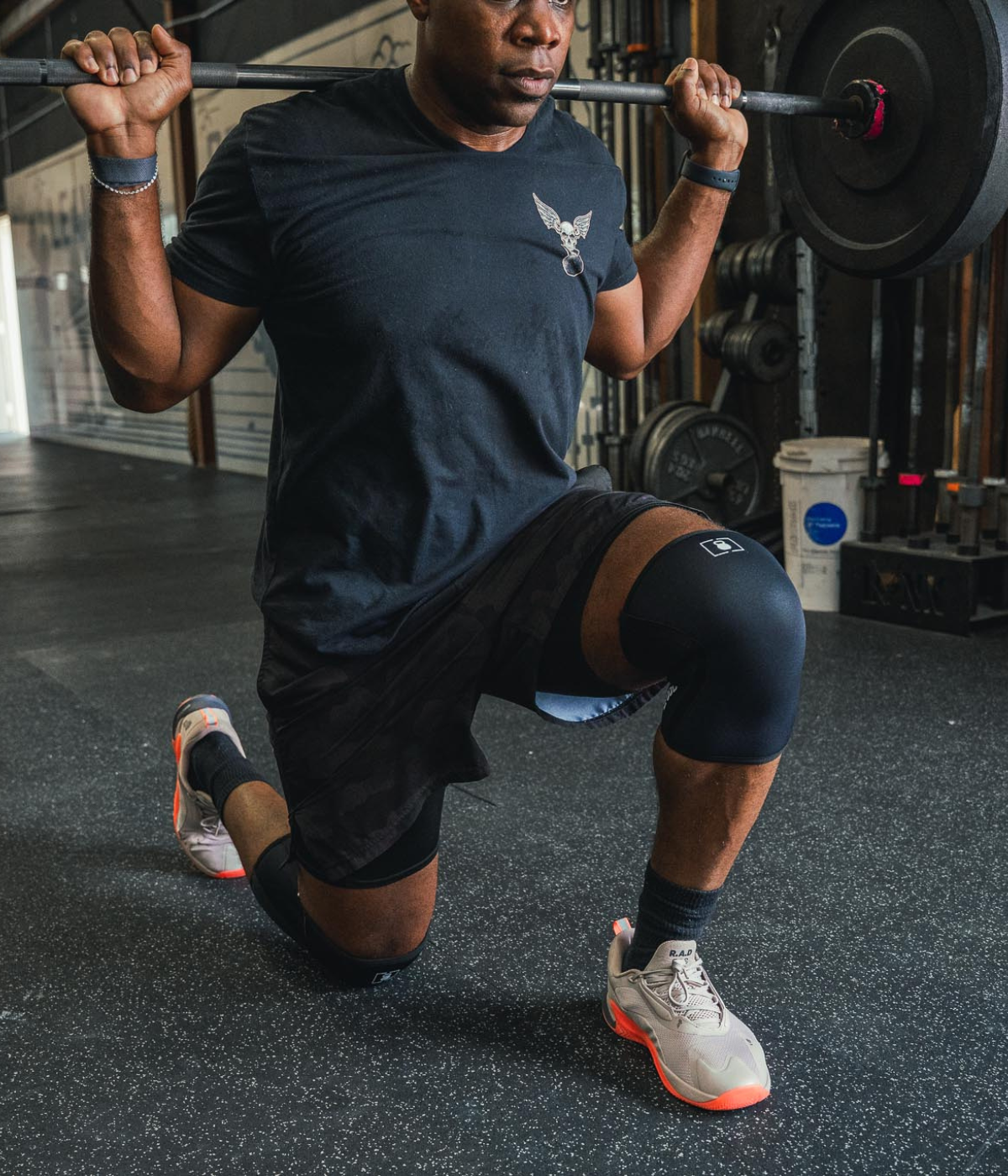
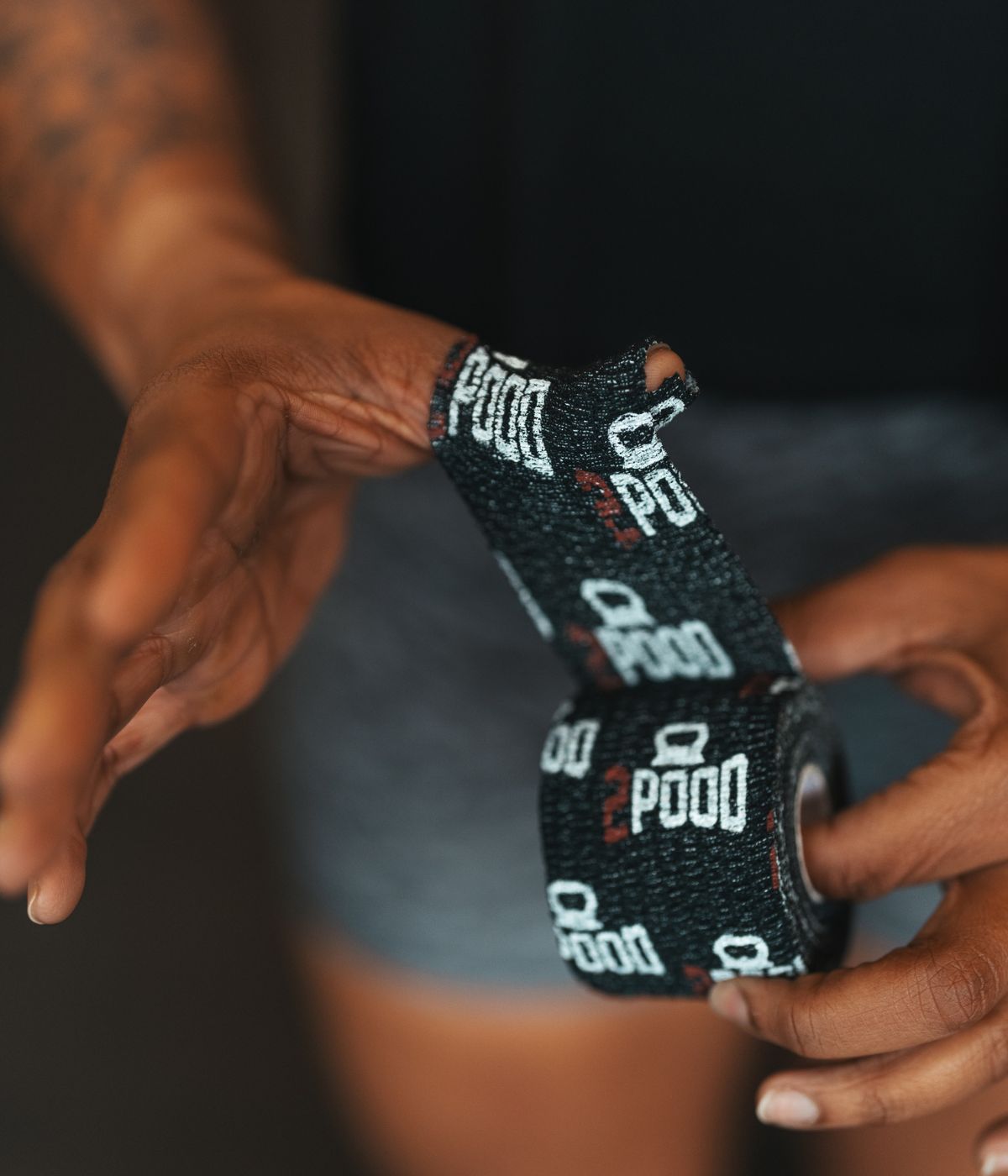
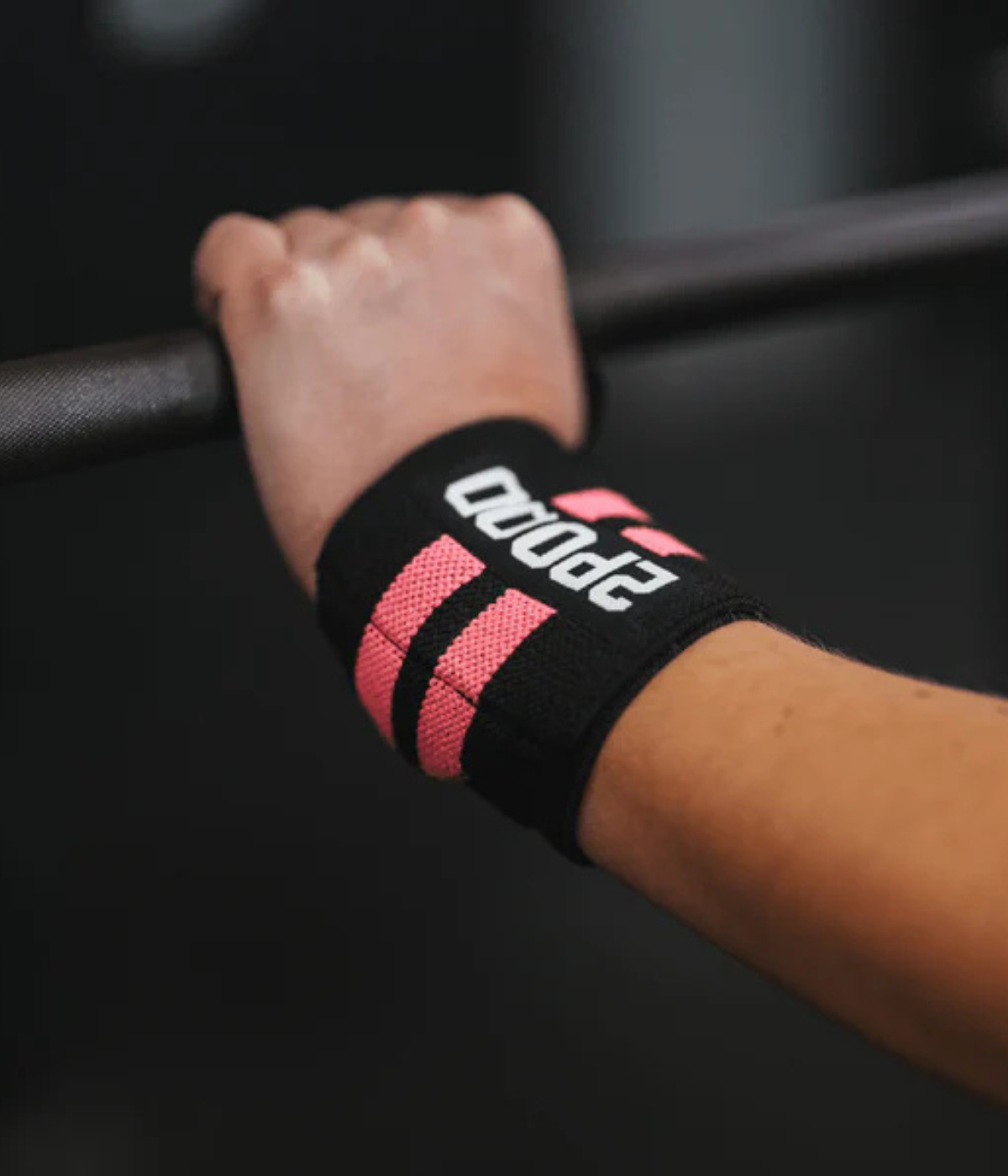

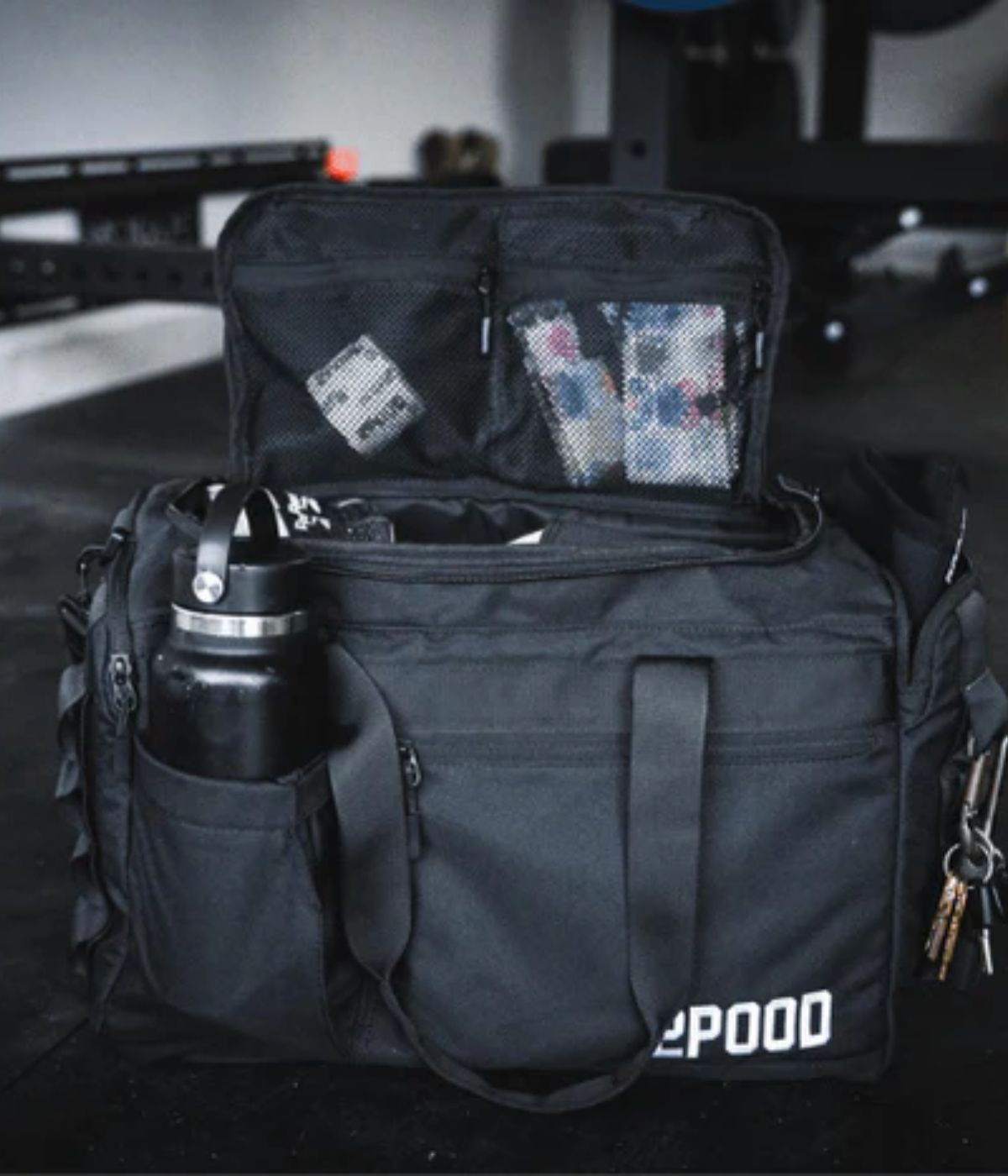
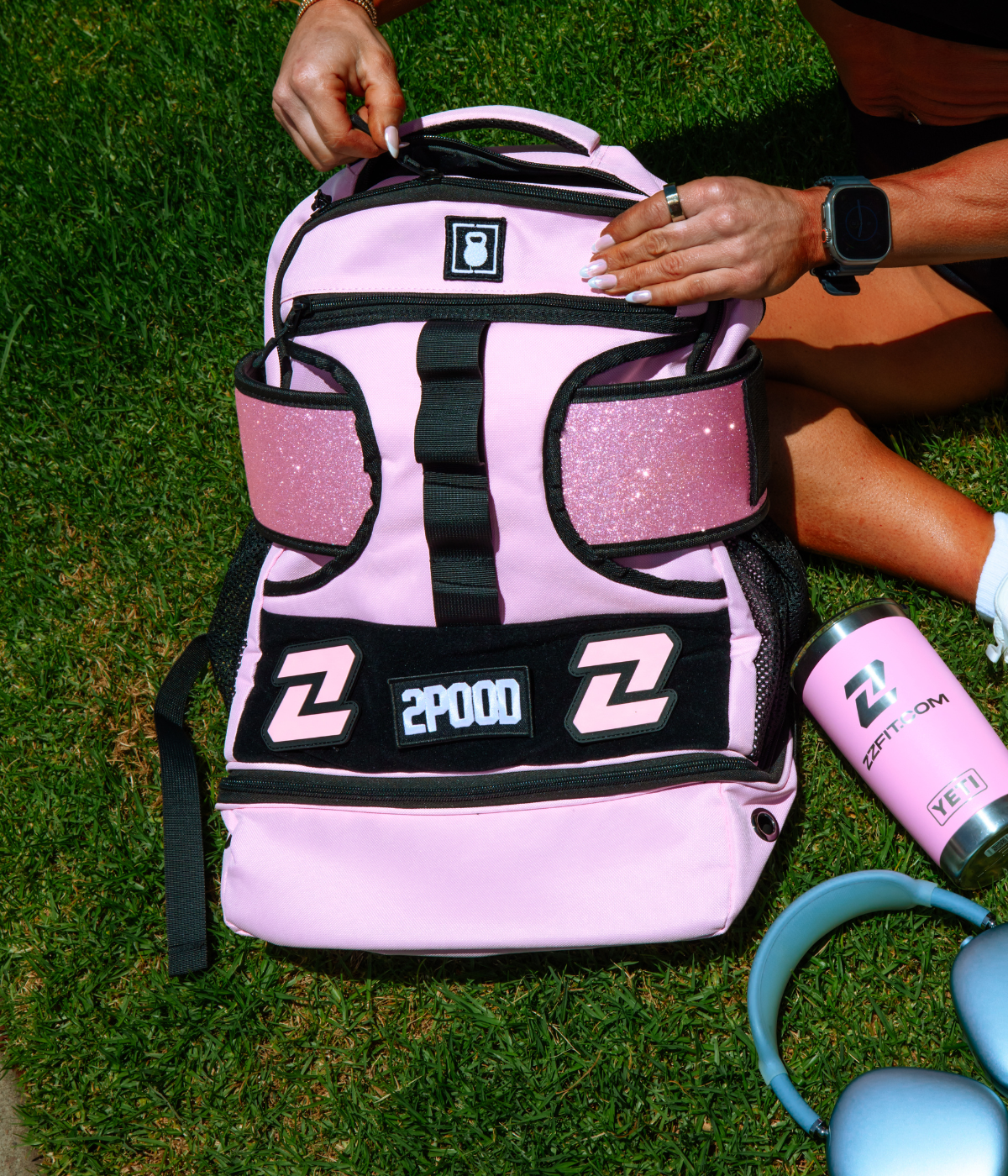
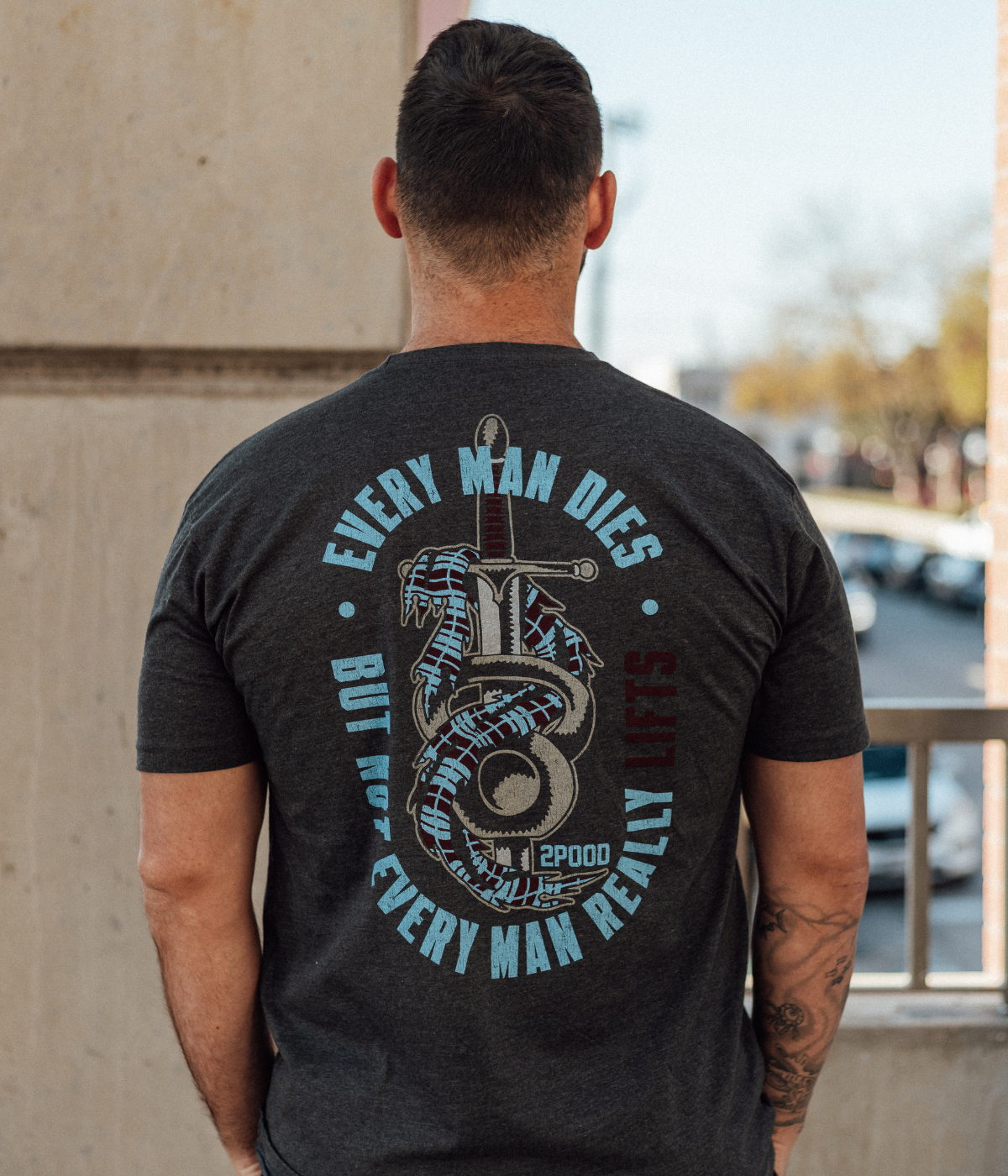
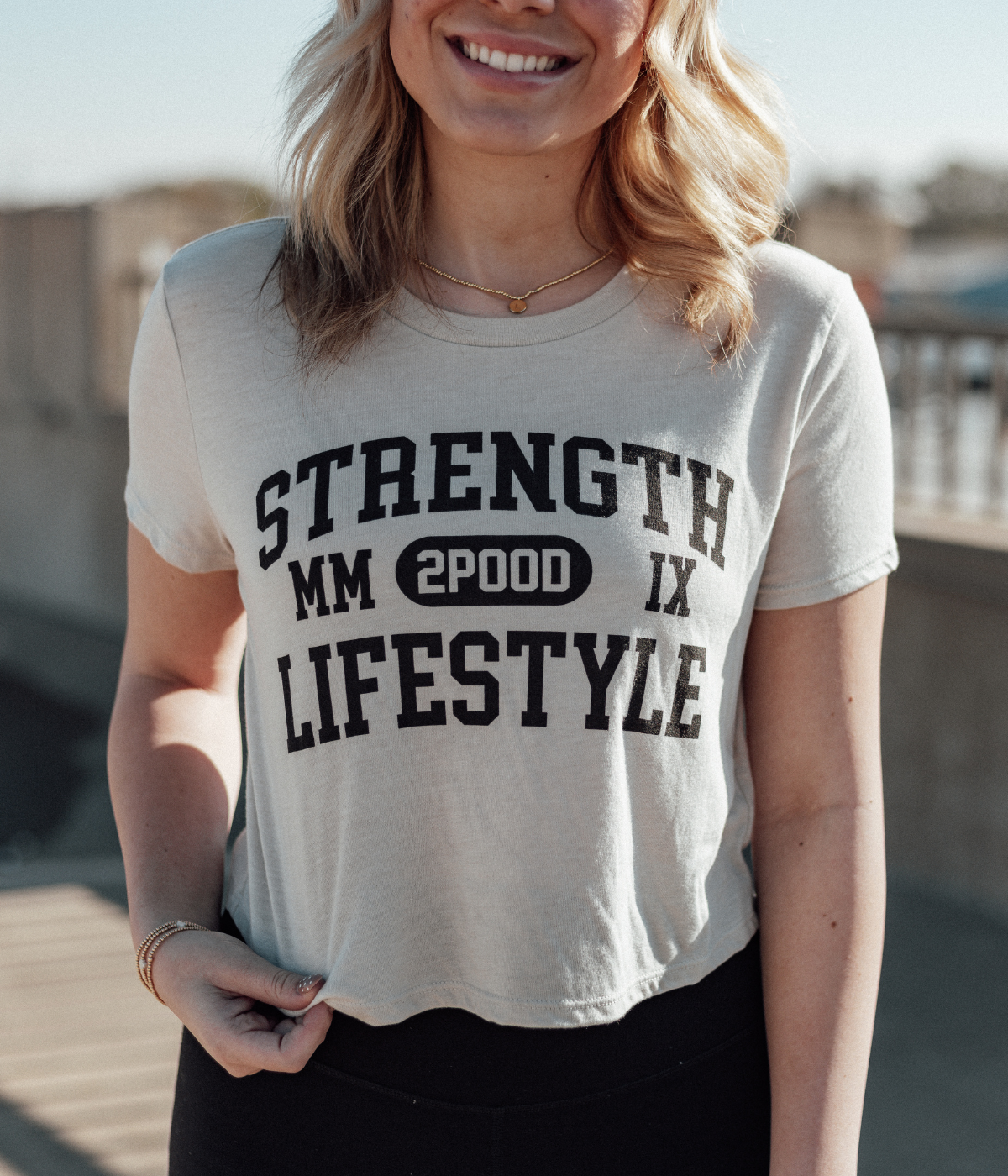
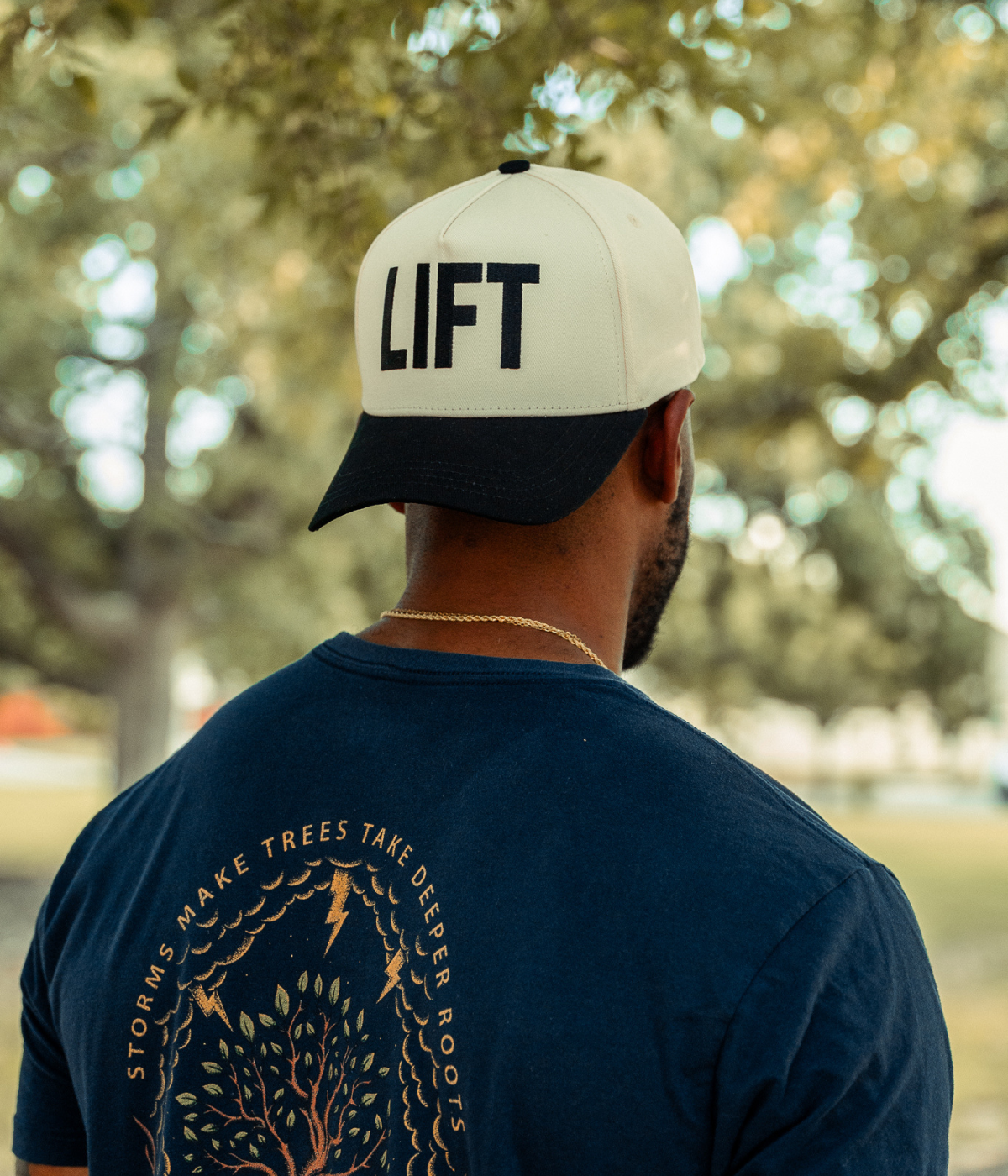
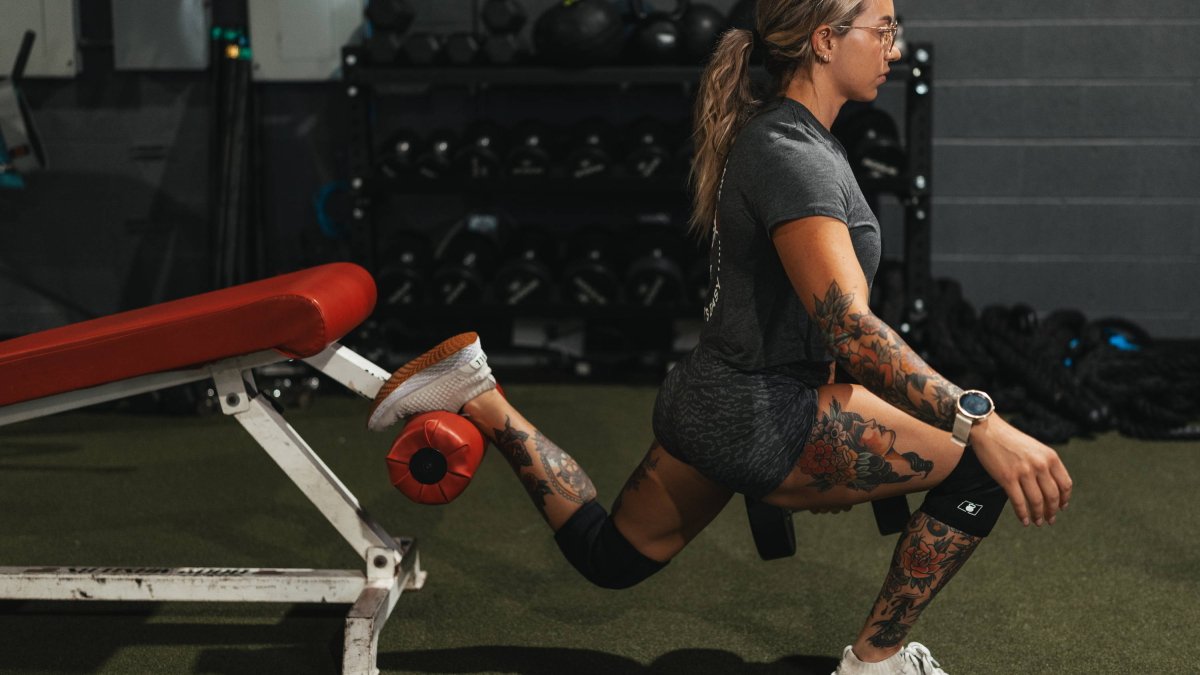
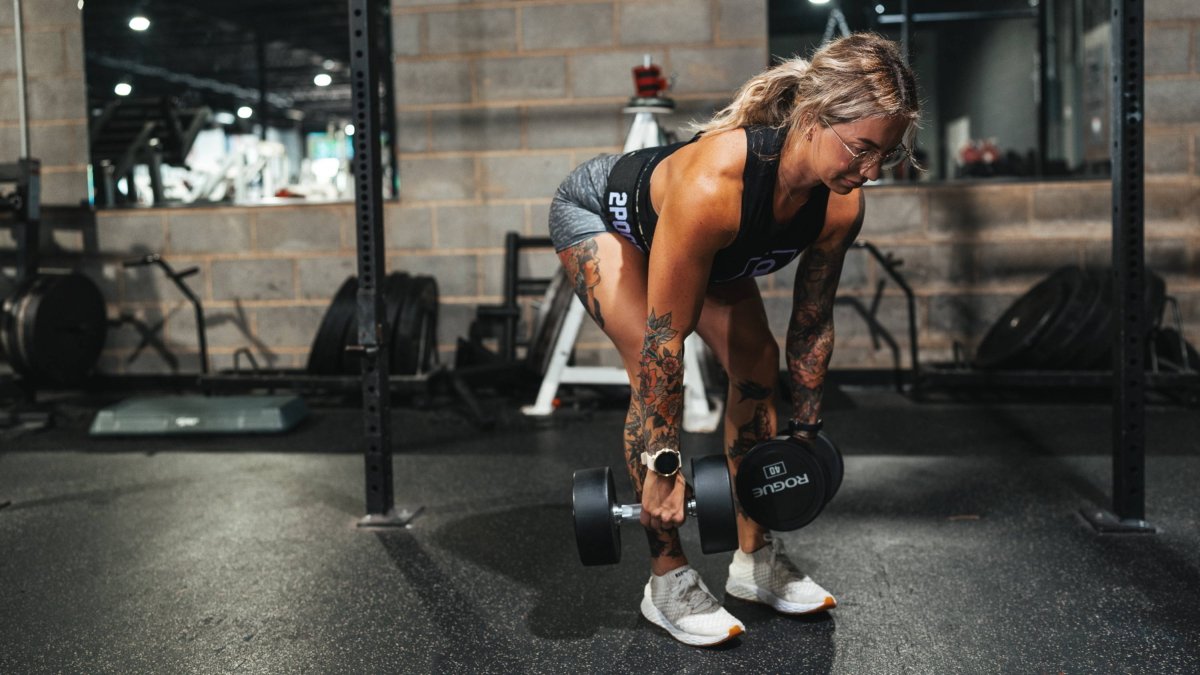
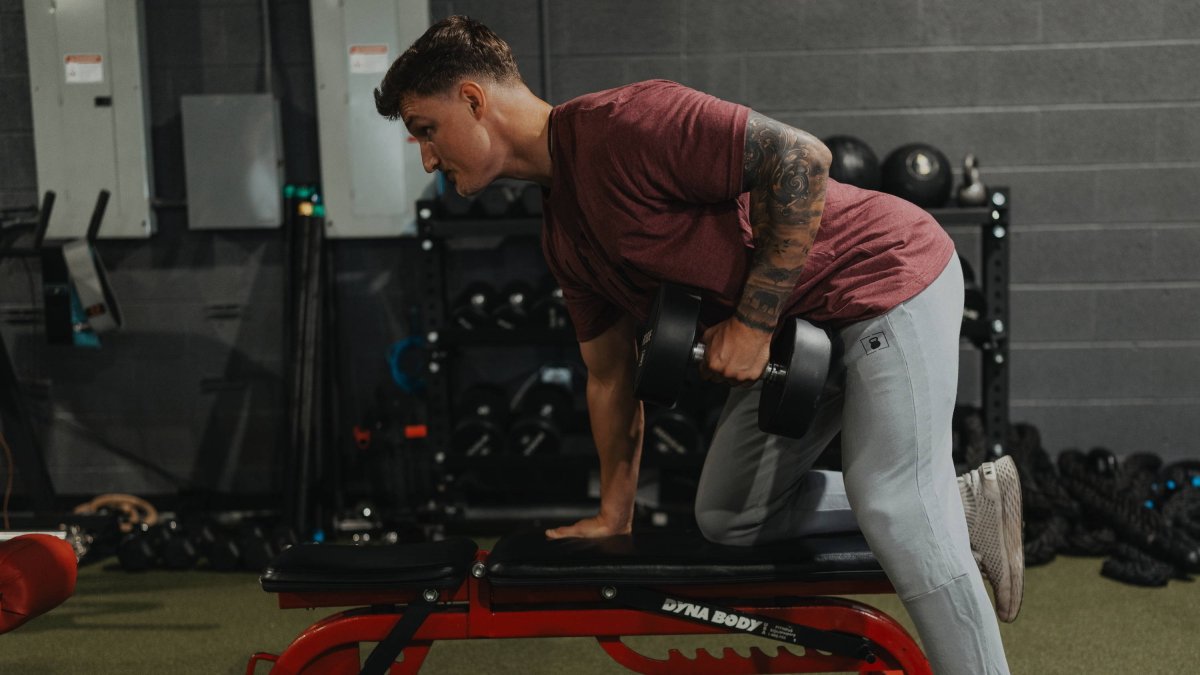
Leave a comment
All comments are moderated before being published.
This site is protected by hCaptcha and the hCaptcha Privacy Policy and Terms of Service apply.